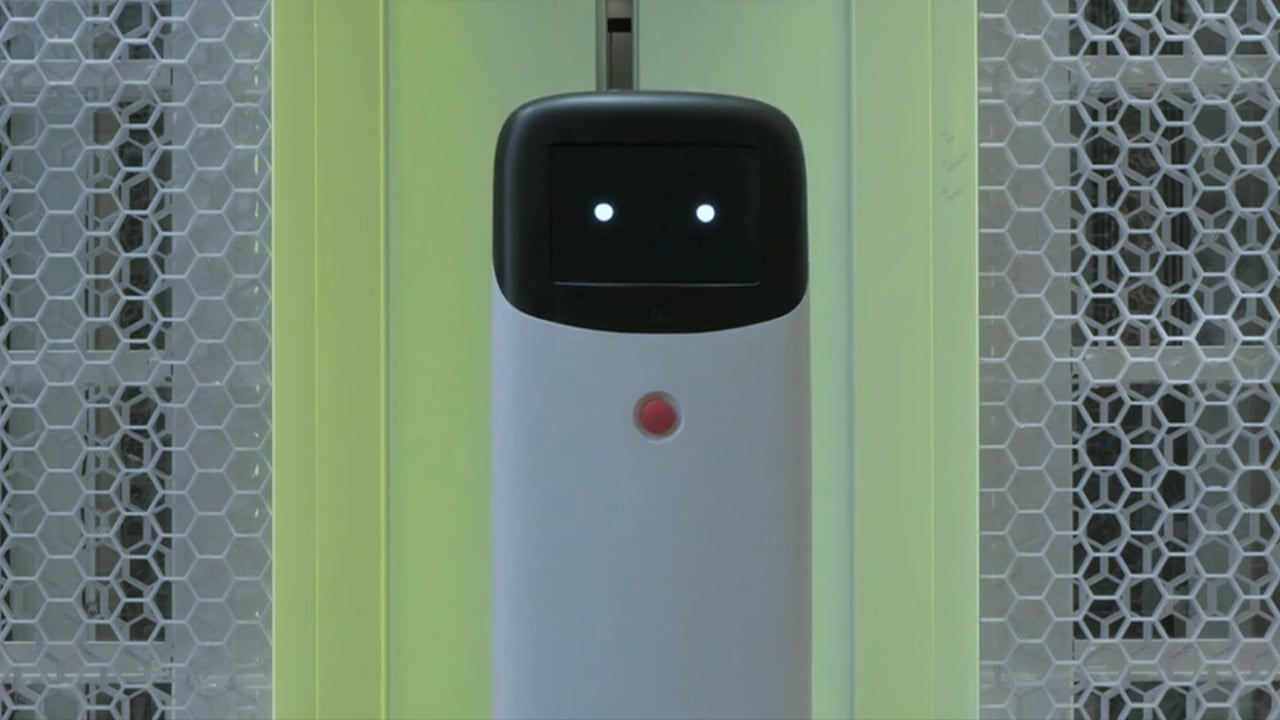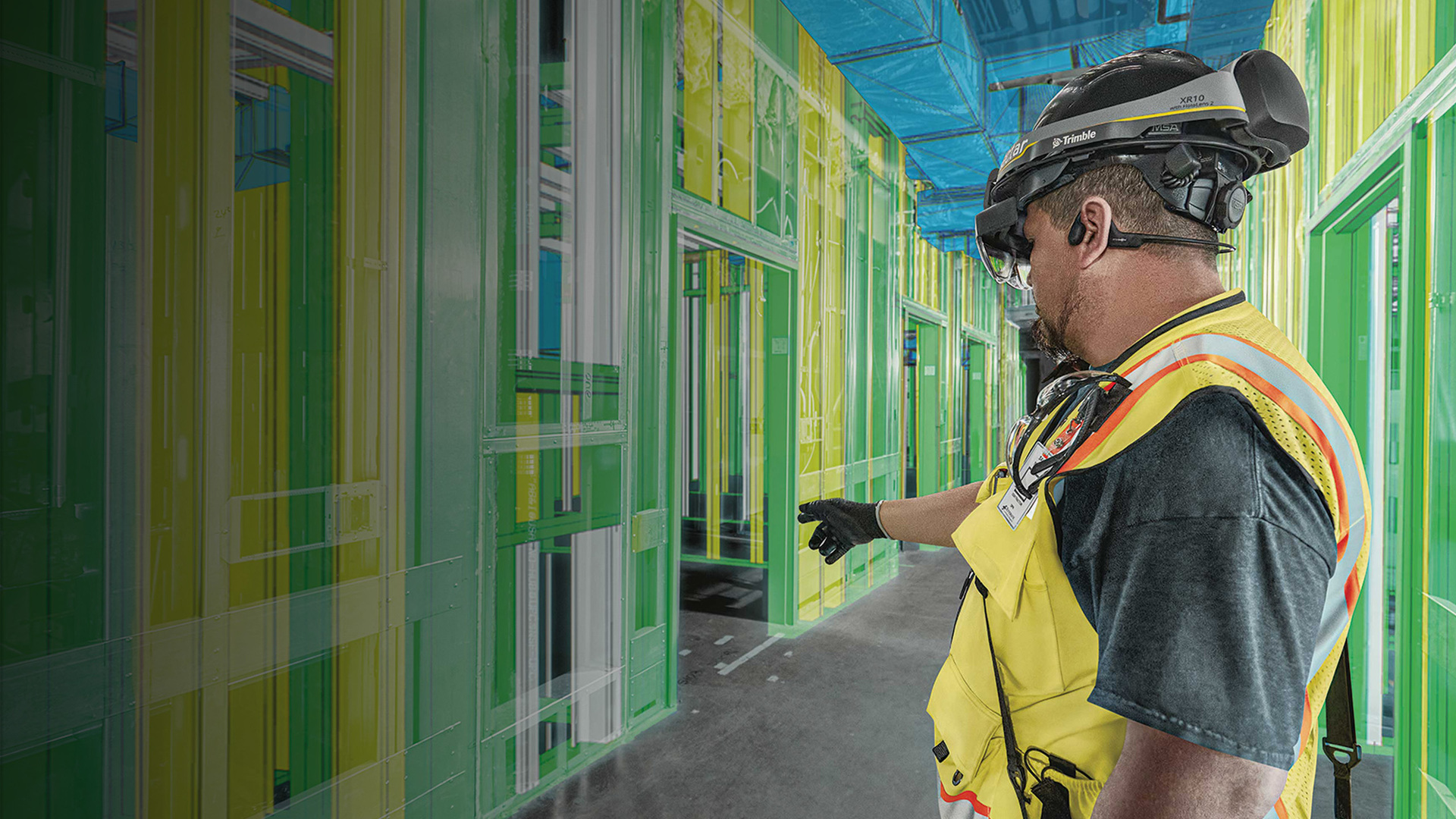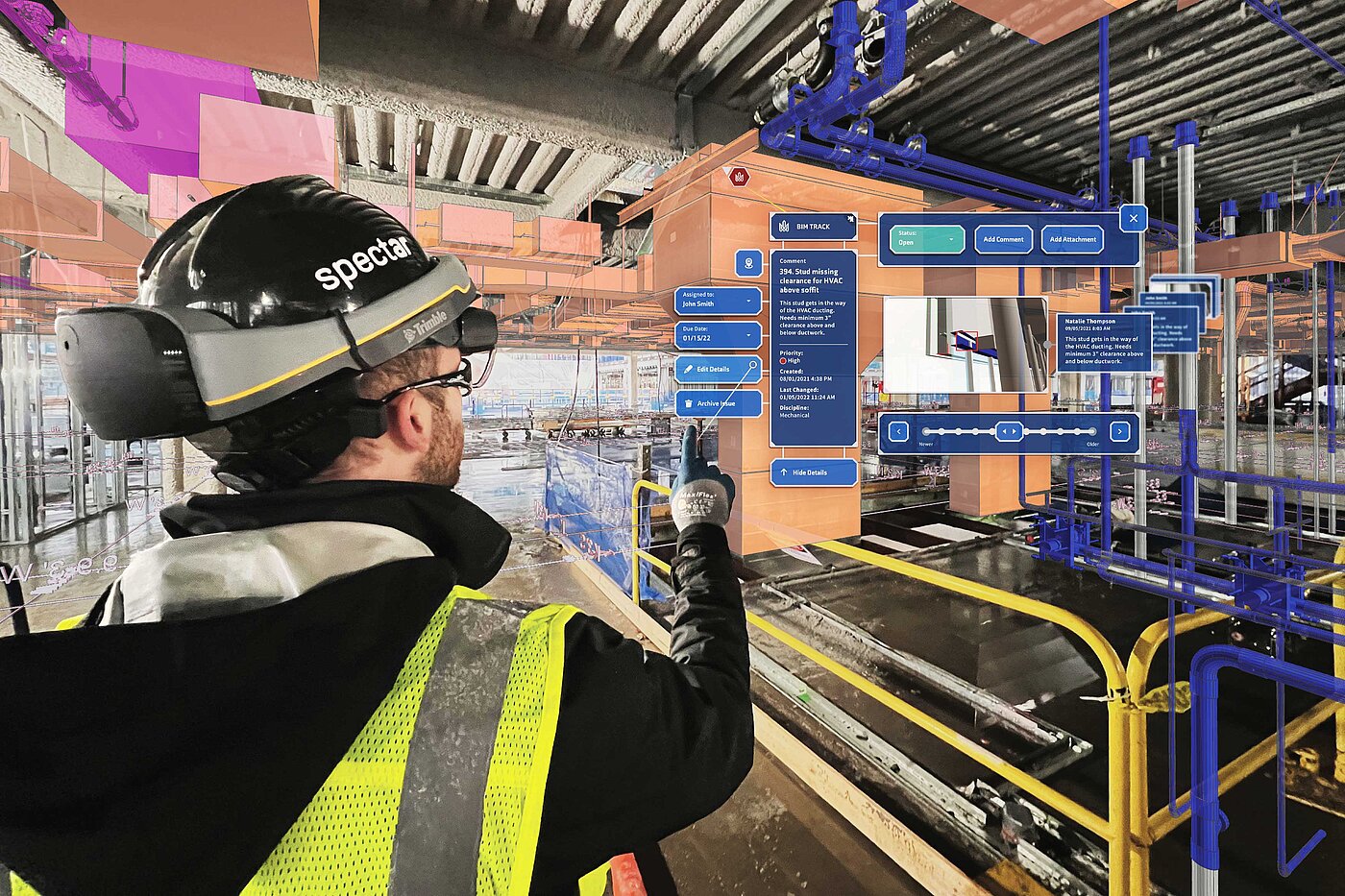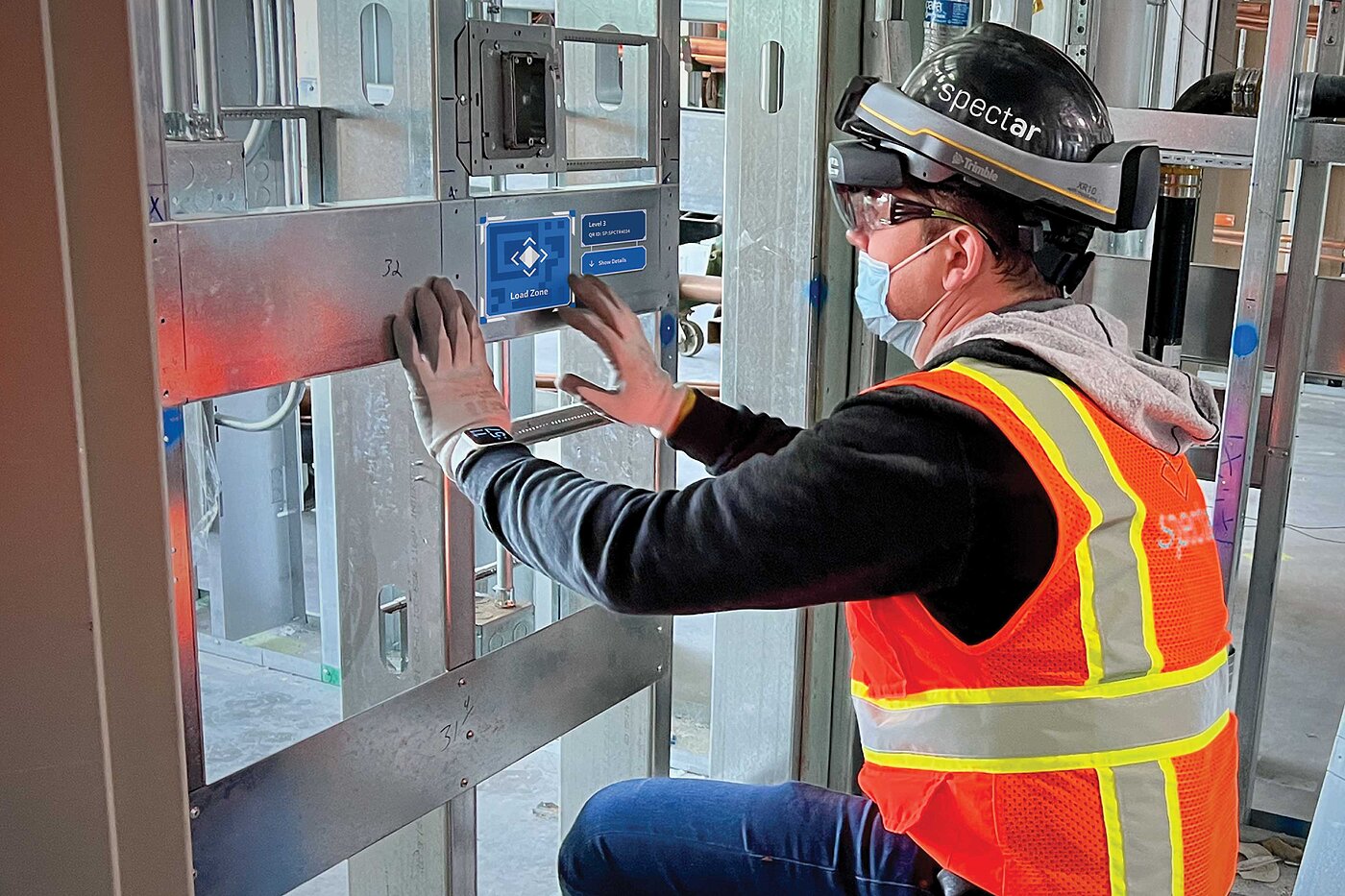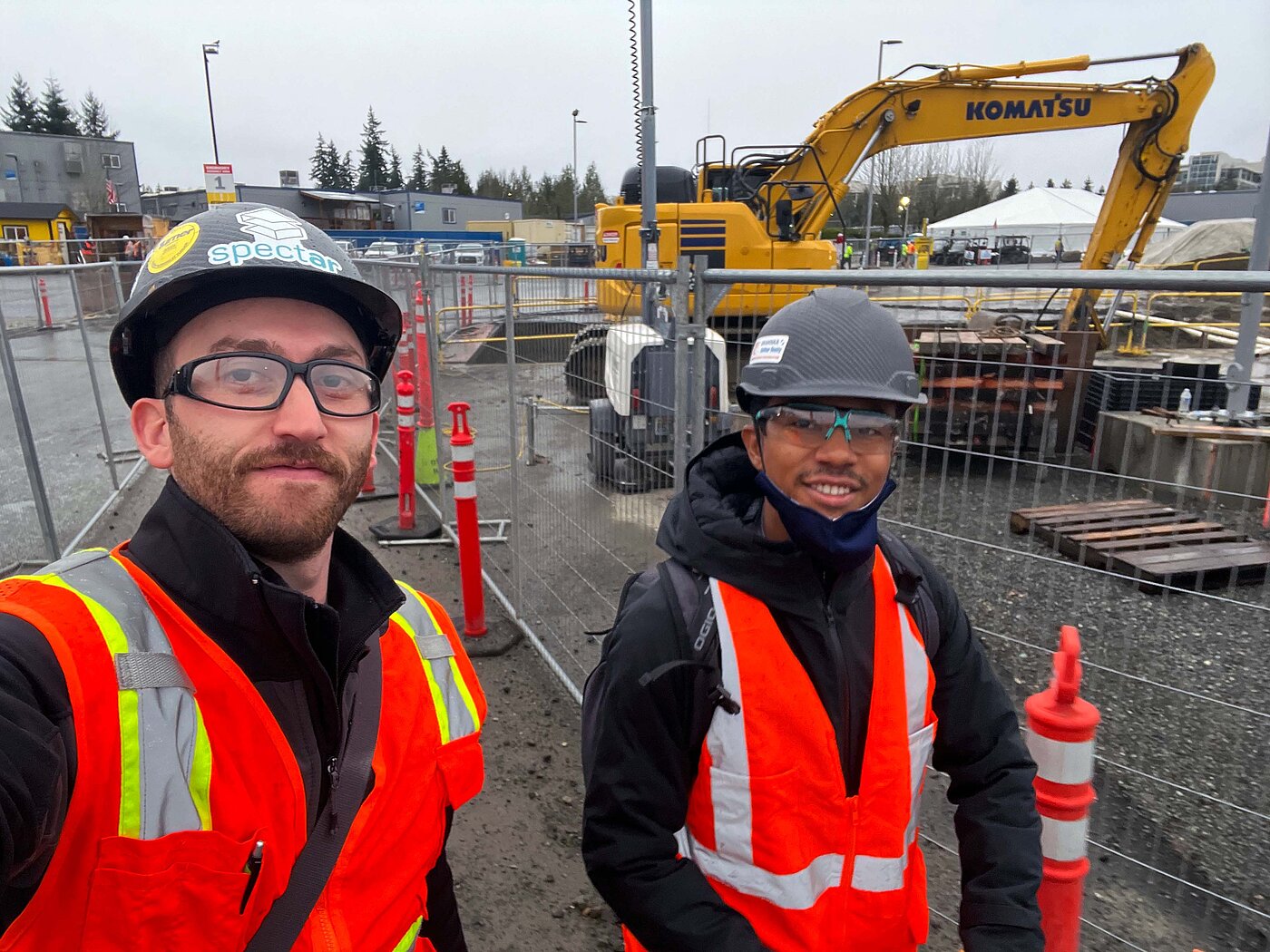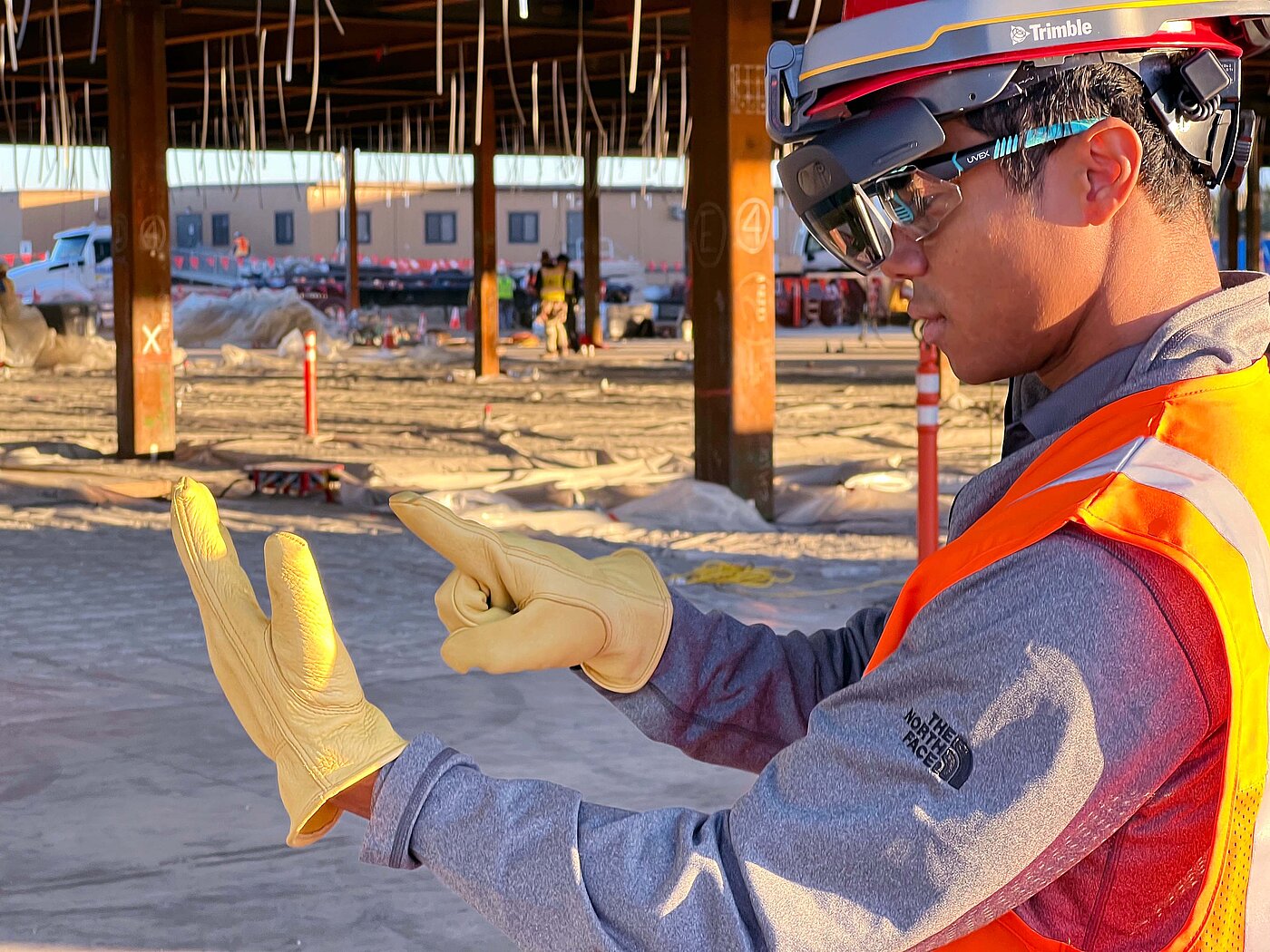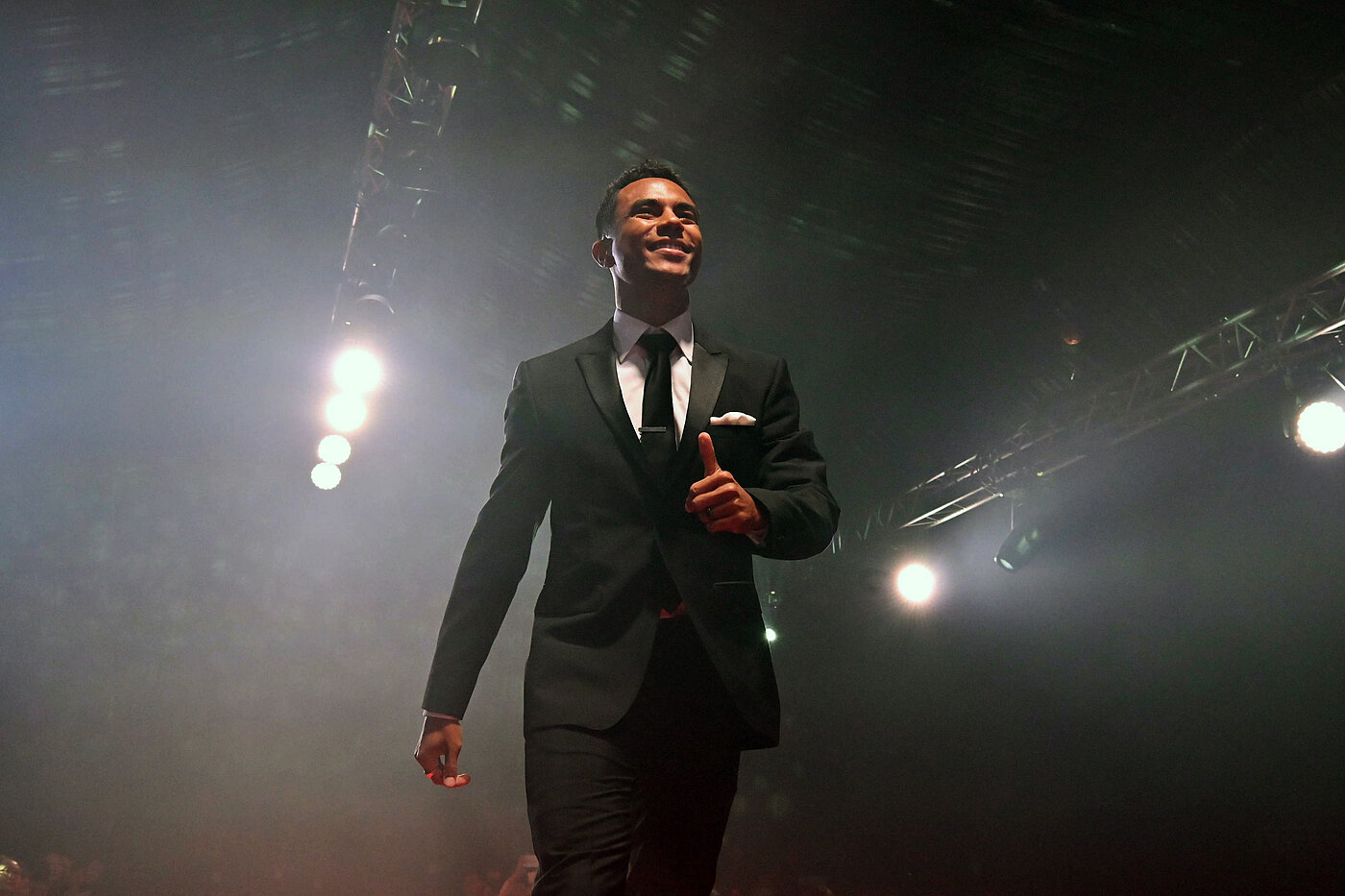Nick Downs and Rafai Eddy of Spectar shares more with Red Dot.
Spectar is a fully-immersive augmented reality Building Information Model (BIM) overlay app for the Microsoft HoloLens geared specifically for the construction industry. The design concept is a Red Dot winner from the category Digital Worlds, AR and VR. Spectar’s Lead Designer, Nick Downs, together with Design Manager Rafai Eddy, shares more with Red Dot.
Design school never ends, at least for great designers. How do you learn and grow your knowledge and expertise?
Nick: My favourite way to expand general design knowledge is by reading (or listening to) case studies. It's a chance to learn about problems you didn't know existed and the solutions someone came up with to address them. To me, the most interesting part is not the problem or solution. It’s the process. Learning how a team arrived at a particular solution. What kind of research and brainstorming methods were used? What constraints did the team have to work inside of? What can I learn from their approach?
Are there any specific design challenges in your environment?
Nick: The top challenge that comes to mind is creating a product in the AR space that is intuitive and approachable for construction users, while still taking advantage of the technology. AR as a medium is still relatively new and there aren’t many well widely-accepted patterns for common tasks. For most of our users, the first time trying our product is also their first time wearing any kind of HMD (Head Mounted Display) or interacting in AR. So we are trying to create a design system that uses desktop/mobile patterns (which are familiar to our users) as a baseline and then introduces new AR-specific concepts/interactions over time.
When or how do you know that your product has become a success?
Nick: This one is easy. When construction workers insist on using our product to aid them in doing their work. If they no longer want to do a particular task in the conventional (non-Spectar) manner, that means we’ve provided some amount of net positive value—and in my book—that’s a success. Obviously, as the technology becomes more widespread, the bar is going to get raised and our definition of success will change.
How do you decide who gets to do what?
Rafai: We have a small team and follow agile scrum methodology, prioritizing interest in specific tasks and allocating accordingly. Part of our process is to frequently review one another’s designs to critique and iterate upon solutions so we are aligned on workflows, interfaces, and interactions.
When do you decide to stop a product or remove a particular feature?
Rafai: We do our best to avoid having to stop or remove by constantly communicating with our customers about the features being developed and by testing with them to make sure each feature serves as a delightful and purposeful tool when used. However, when we decide to stop a product or remove a feature, it is only when we are certain that we have provided a more useful alternative, and all our users have been off-boarded successfully.
Red Dot Award: Design Concept 2024 final submissions end 24 April
The search of the best new product ideas, concepts, prototypes and ready to launch products is now happening, Red Dot Award: Design Concept is open to all entries of concepts and ready to launch products from designers, design teams, companies, studios and universities from all over the world. This is the last chance to compete in this year’s Red Dot Award: Design Concept and to communicate one’s design and innovative competency.
Entire registration period: 1 December 2023 – 24 April 2024
For further information, visit: www.red-dot.org/design-concept
Register and submit at dc.red-dot.sg
